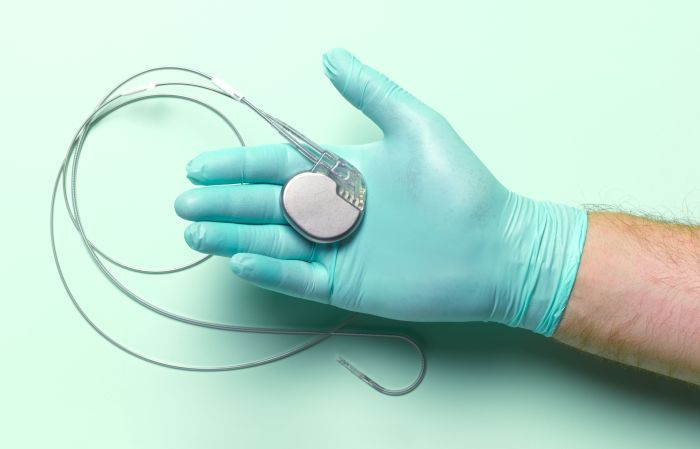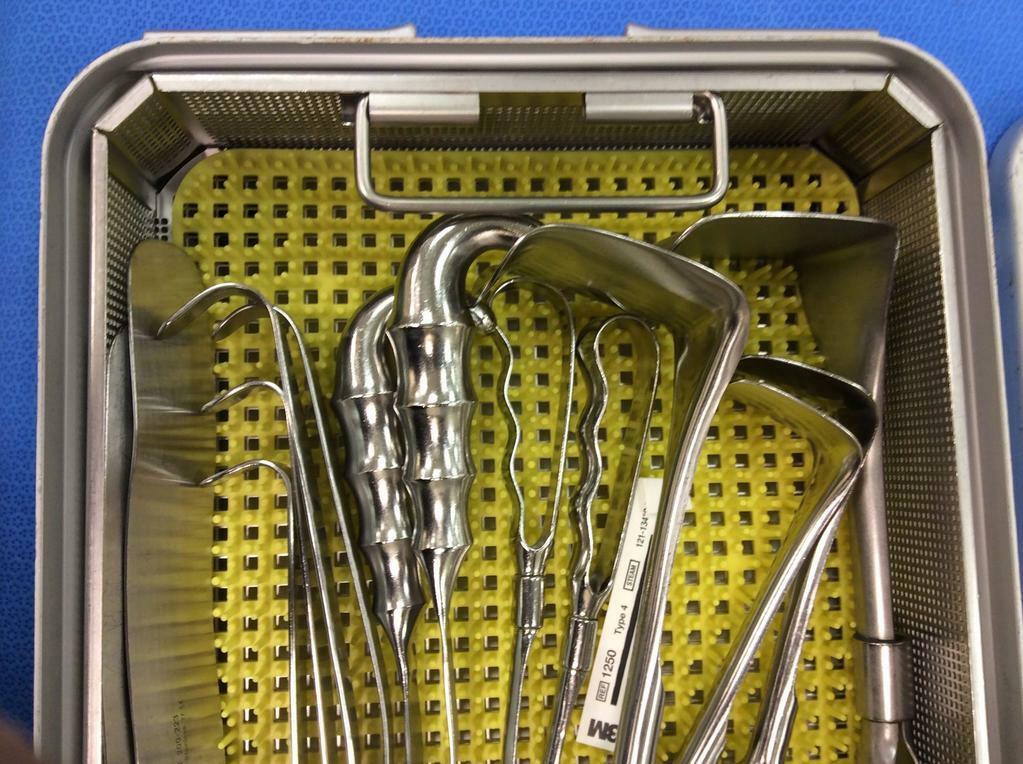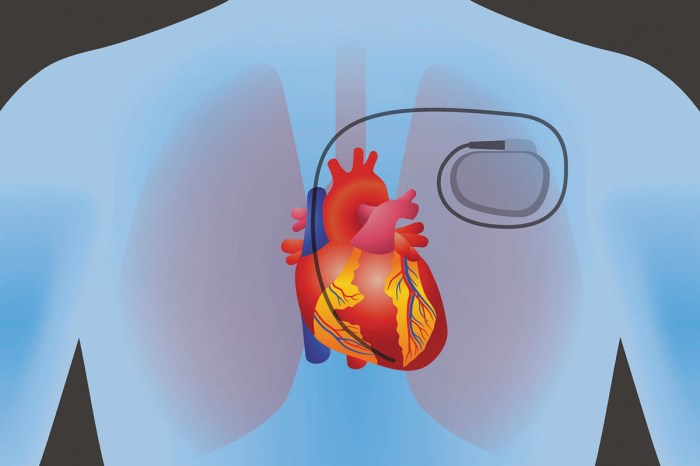Pacemaker insertion codes are divided based on the surgical approach employed during the procedure. These codes provide a standardized method for documenting the specific surgical technique used, ensuring accurate reimbursement and facilitating communication among healthcare providers. This article explores the different types of pacemaker insertion codes, their rationale, and their implications for coding and patient care.
The classification of pacemaker insertion codes based on surgical approach allows for precise documentation of the surgical technique used. This information is crucial for accurate coding, which in turn ensures appropriate reimbursement for the procedure. Moreover, it facilitates communication among healthcare providers, enabling them to understand the specific surgical approach employed in each case.
Pacemaker Insertion Codes: An Overview

Pacemaker insertion codes are used to describe the surgical procedure of implanting a pacemaker device into a patient’s body. These codes provide a standardized way of documenting the type of pacemaker implanted, the surgical approach used, and any complications that may arise during the procedure.
Accurate coding of pacemaker insertion procedures is essential for reimbursement and patient care. It ensures that patients receive appropriate reimbursement for the services provided and that their medical records accurately reflect the procedures performed.
Classification of Pacemaker Insertion Codes

Based on Surgical Approach, Pacemaker insertion codes are divided based on the surgical
- Transvenous approach:This is the most common approach, involving the insertion of pacemaker leads through a vein and into the heart.
- Epicardial approach:This approach involves placing the pacemaker leads on the surface of the heart.
- Subcutaneous approach:This approach involves placing the pacemaker under the skin, typically in the chest area.
The choice of surgical approach depends on the patient’s individual anatomy and the type of pacemaker being implanted.
Coding Considerations for Pacemaker Insertion

Several factors influence pacemaker insertion coding, including:
- The type of pacemaker implanted (e.g., single-chamber, dual-chamber, or biventricular)
- The surgical approach used
- Any complications that occur during the procedure
It is important to code pacemaker insertion procedures accurately to ensure appropriate reimbursement and to provide accurate documentation for patient care.
Advanced Pacemaker Insertion Techniques
In some cases, advanced pacemaker insertion techniques may be necessary. These techniques include:
- Leadless pacemakers:These pacemakers are implanted directly into the heart without the need for leads.
- Subcutaneous pacemakers:These pacemakers are placed under the skin, typically in the chest area.
Advanced pacemaker insertion techniques offer several advantages over traditional methods, including reduced risk of infection and improved patient comfort.
Current Trends and Future Directions in Pacemaker Insertion

There are several emerging technologies and advancements in pacemaker insertion, including:
- Wireless pacemakers:These pacemakers do not require any leads, which reduces the risk of infection and improves patient comfort.
- Micropacing:This technique involves implanting a very small pacemaker directly into the heart.
These advancements are improving patient outcomes and expanding the options available for pacemaker insertion.
Expert Answers: Pacemaker Insertion Codes Are Divided Based On The Surgical
What is the purpose of pacemaker insertion codes?
Pacemaker insertion codes provide a standardized method for documenting the surgical approach used during the procedure, ensuring accurate reimbursement and facilitating communication among healthcare providers.
How are pacemaker insertion codes classified?
Pacemaker insertion codes are classified based on the surgical approach employed, such as transvenous, epicardial, or leadless.
What factors influence pacemaker insertion coding?
Factors influencing pacemaker insertion coding include the type of pacemaker, the surgical approach, the number of leads implanted, and any additional procedures performed.